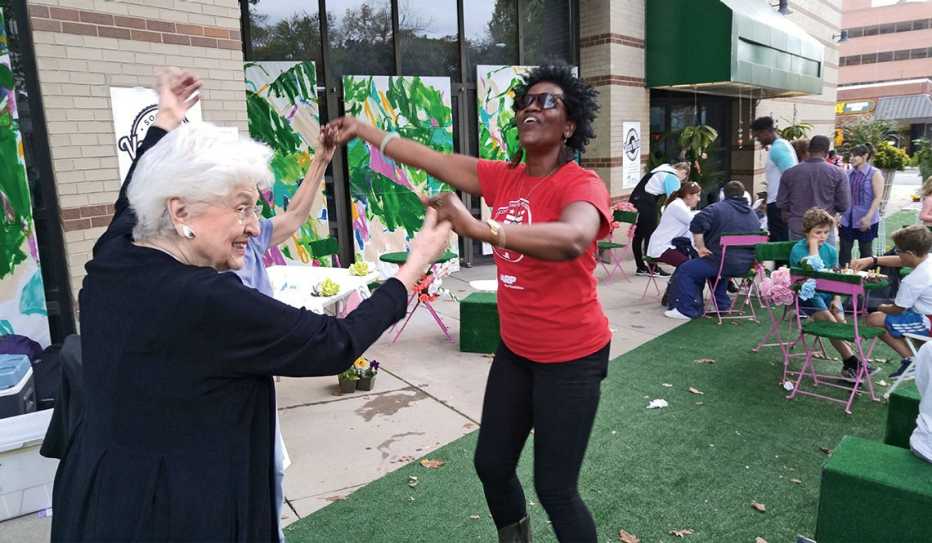AARP Hearing Center


This article comes out of the lessons learned and shared through the AARP Rural Lab, a monthly online gathering of leaders from rural and remote communities invited by AARP state offices. Participants receive access to expert assistance and opportunities for connecting with peers nationwide.
Although the overall population numbers for rural America are decreasing, data from the 2020 U.S. Census shows that the residents are more racially and ethnically diverse than ever before.
Since communities that nurture inclusion and connections are often more resilient in the face of economic fluctuations and other changes, local leaders and nonprofits in several rural areas have worked to bring neighbors together, sometimes around food, gardening or a shared history.
Visit Our Article Archives


Following are a few examples.
“Neighboring” in Grand Island, Nebraska
In 2016, the nonprofit Grow Grand Island, Inc., received an AARP Community Challenge grant to develop signage (or, as referred to in its application, “way-finding totems”) in English and in Spanish with information about the town’s history.
In 2022 the group received a second AARP Community Challenge grant, which it used for materials to support neighborhood gatherings similar to the National Night Out, which occurs in most places on the first Tuesday in August. The Grand Island tool kit encouraged residents to participate in gatherings with their neighbors. (Such events can include hosting a front yard ice cream social or a family-friendly corn hole tournament.) As stated in the book The Art of Neighboring, which is included in the kit, "the individuals we live next to have a big impact on the quality of our lives [yet] it's so easy to draw negative conclusions about the neighbors we've only glimpsed."
Asking Questions in Yellow Springs, Ohio
In the 1960s, a quarter of the residents of Yellow Spring, Ohio (population 3,750 and home of Antioch College) were Black. By 2000 that percentage decreased to 14 percent, in part due to the fall of the type of redlining policies that prevented Black people from living in many of the surrounding communities.































.jpg?crop=true&anchor=13,195&q=80&color=ffffffff&u=lywnjt&w=2008&h=1154)



























